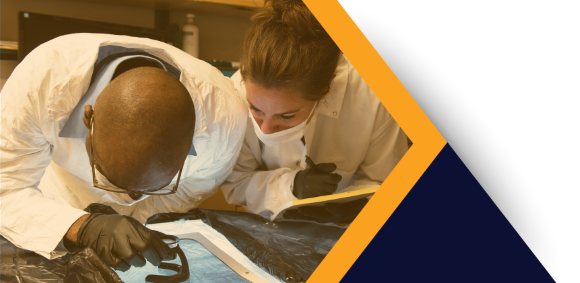Meet Dr. Bevin Huang

Dr. Bevin Huang
Advisor: Dr. Dirk Englund
Institution: Massachusetts Institute of Technology
Bio: Bevin Huang earned his PhD in Physics at the University of Washington under the supervision of Prof. Xiaodong Xu, focusing on the study of emergent magneto-optical phenomena in magnetic 2D materials. He led the discovery of ferromagnetism in monolayer CrI3 which opened the field of 2D van der Waals magnets, and realized several emergent phenomena based on 2D magnets, including: the discovery of the ferromagnetic metal Fe3GeTe2 and its layer-dependent dimensional crossover; electrical control of 2D magnetism; tuning inelastic light scattering via symmetry control; and the observation of 2D magnons and rotational Umklapp scattering in a magnetic insulator. Outside of research, he likes to spend time with his significant other, play tennis, bike, improve his heritage language skills and read literary fiction.
Abstract: Controlling the emergent properties of 2D materials has enabled atomically thin devices with performance benchmarks that can surpass those of their bulk counterparts. This success has been expanded with the discovery of magnetic 2D materials. Spanning a diverse class of magnetic phases, these new materials allow for the realization of exchange interactions and spin-orbit coupling in applications requiring broken time-reversal symmetry. This symmetry breaking in 2D materials now opens a new range of on-chip non-reciprocal devices that do not require epitaxial lattice-matching or external magnetic fields, which plague conventional device architectures. Here, we propose to integrate these magnetic 2D materials with chiral photonic nanostructures to develop field-less on-chip optical isolators and directionally switchable nanolasers: non-reciprocal components that have long been missing from the nanophotonic platform. Moreover, realizing these non-reciprocal magneto-optical components allows new detection device architectures with order-of-magnitude improvements in noise-reduction for single-photon counting, removal of backscattering, and development of on-chip light-matter interfaces as ultra-efficient and high-bandwidth optical interconnects to convey spin information: a holy grail of spintronic information processing.



